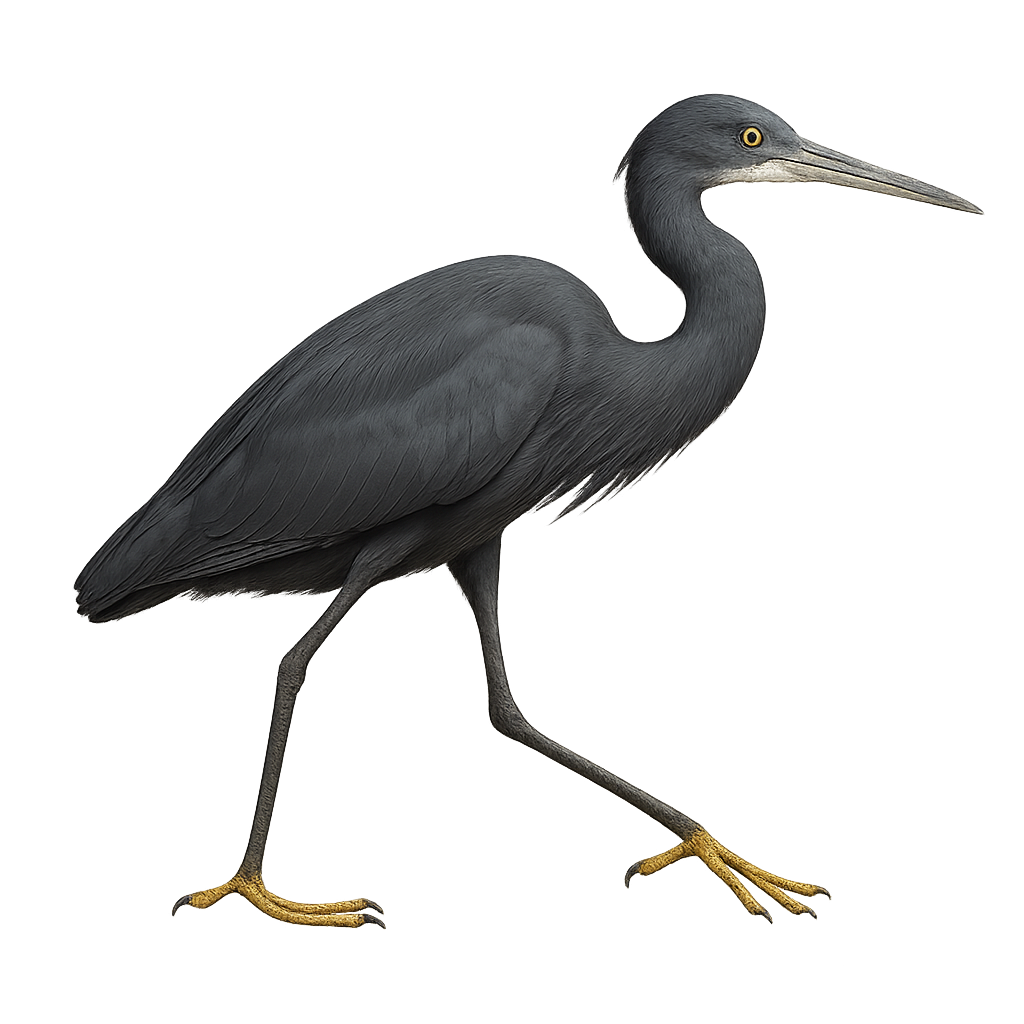Your wildlife photography guide.
Explore the western reef heron in detail, study its behavior, prepare your shots.
Where to observe and photograph the western reef heron in the wild
Learn where and when to spot the western reef heron in the wild, how to identify the species based on distinctive features, and what natural environments it inhabits. The WildlifePhotographer app offers tailored photography tips that reflect the western reef heron’s behavior, helping you capture better wildlife images. Explore the full species profile for key information including description, habitat, active periods, and approach techniques.
Western Reef Heron
Scientific name: Egretta gularis

IUCN Status: Least Concern
Family: ARDEIDAE
Group: Birds
Sensitivity to human approach: Suspicious
Minimum approach distance: 10 m
Courtship display: February to June
Incubation: 22-24 jours
Hatchings: February to July
Habitat:
Coastal areas, estuaries, mangroves
Activity period :
Primarily active during the day, with peak activity in the morning and late afternoon.
Identification and description:
The Western Reef Heron, Egretta gularis, is an elegant and slender bird often seen in coastal areas and estuaries. It has plumage that can range from pure white to slate gray, with a distinctive white throat. Its long legs and thin, pointed beak are perfectly adapted for hunting fish and small invertebrates in shallow waters. This bird is known for its unique hunting technique, using its wings to create shade and attract prey. Although primarily solitary, it can be seen in small groups during the breeding season. The Western Reef Heron is a fascinating sight for birdwatchers and nature enthusiasts.
Recommended lens:
400 mm – adjust based on distance, desired framing (portrait or habitat), and approach conditions.
Photography tips:
To photograph the Western Reef Heron, it is advisable to use a telephoto lens of at least 400mm to capture detailed images without disturbing the bird. Opt for the golden hours of morning or evening to benefit from soft and flattering light. Be patient and discreet, approaching slowly to avoid scaring the heron. Observing its behavior can help you anticipate its movements and capture interesting moments, such as hunting or wing displays.
The WildlifePhotographer App is coming soon!
Be the first to explore the best nature spots, track rutting seasons, log your observations, and observe more wildlife.
Already 1 431 wildlife lovers subscribed worldwide

